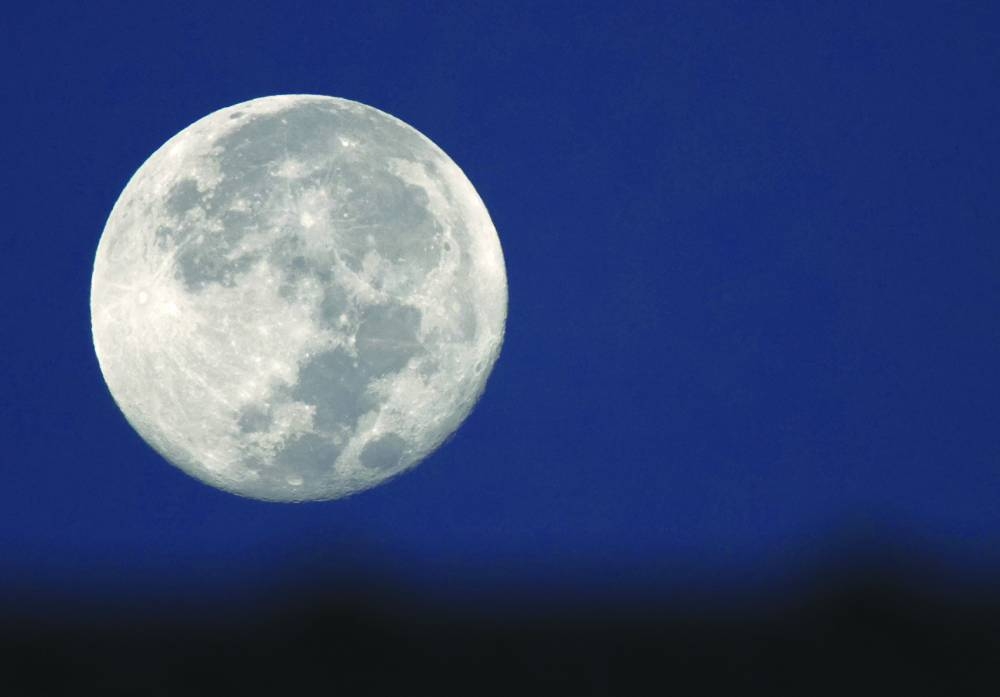
PICTURE: Gulf Times news editor Bonnie James
A trifecta of labels were applied to the Moon of August 30-31, 2023. It was a full moon, a supermoon, and a blue moon, finally referred to as a super blue moon as a result, according to moon.nasa.gov. When the Moon is at or near its closest point to Earth at the same time as it is full, it is called a “supermoon.” The Moon travels around our planet in an elliptical orbit, or an elongated circle, with Earth closer to one side of the ellipse. Each month, the Moon passes through the point closest to Earth (perigee) and the point farthest from Earth (apogee). During this event, because the full moon is a little bit closer to us than usual, it appears especially large (about 14% bigger than when it’s farthest from Earth) and bright in the sky. A blue moon is the term for when we see the full moon twice in a single month. The Moon's cycle is 29.5 days, so just a bit shorter than the average length of a calendar month. Eventually that gap results in a full moon happening at the beginning of a month with enough days still remaining for another full cycle ― so a second full moon in the same month. In other words, a full moon that happens on the first or second of a month will probably be followed by a second full moon on the 30th or 31st. This happens every two to three years. About 25% of all full moons are supermoons, but only 3% of full moons are blue moons. The time between super blue moons is quite irregular ― it can be as much as 20 years ― but in general, 10 years is the average. The next super blue moons will occur in a pair, in January and March 2037. Depicted above is the super blue moon, as seen over a Doha rooftop, on September 1, 2023, at 5.15am, around sunrise time.
